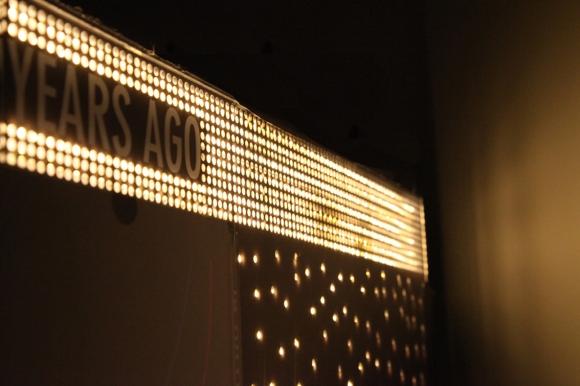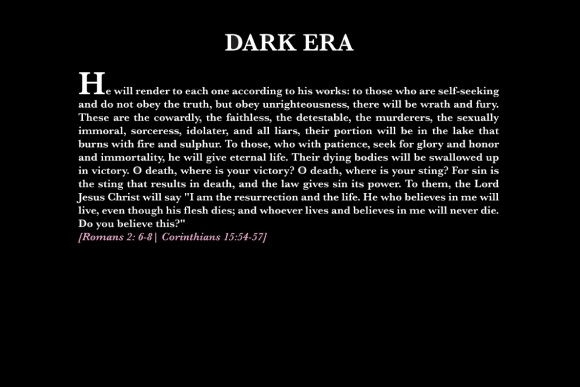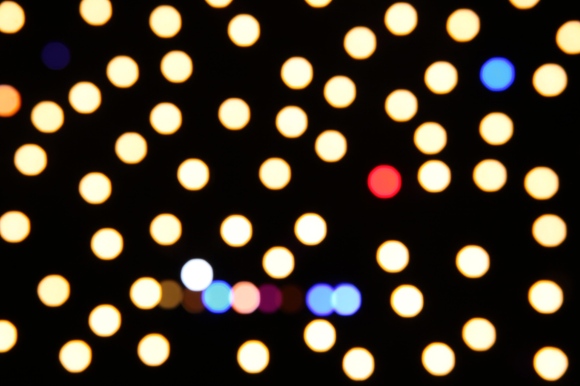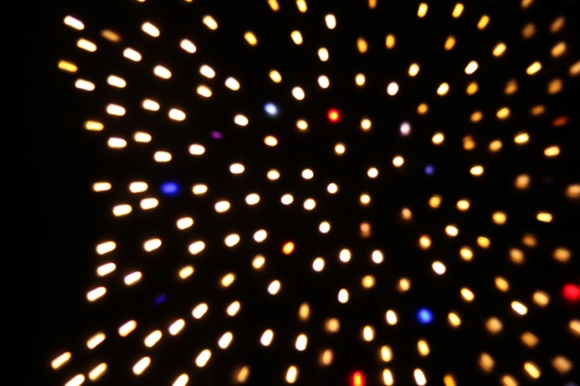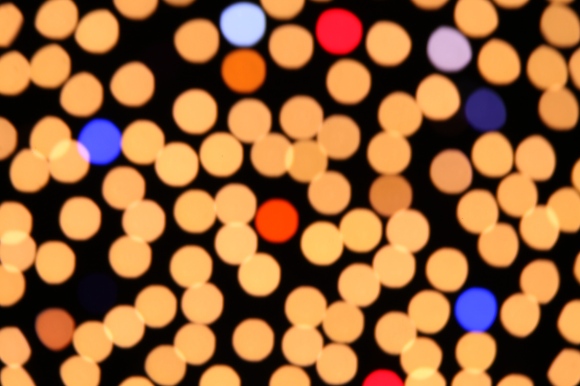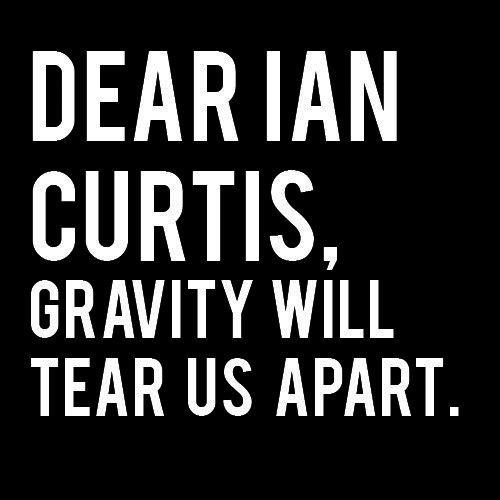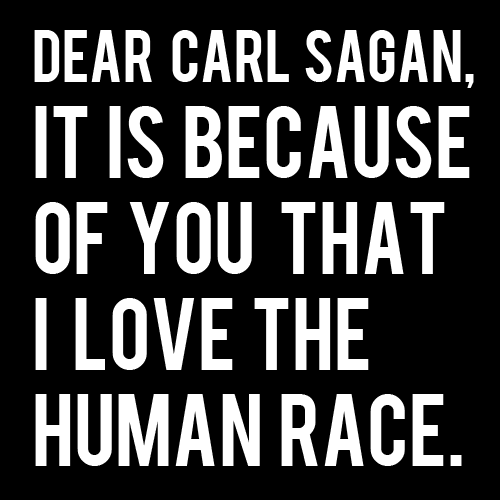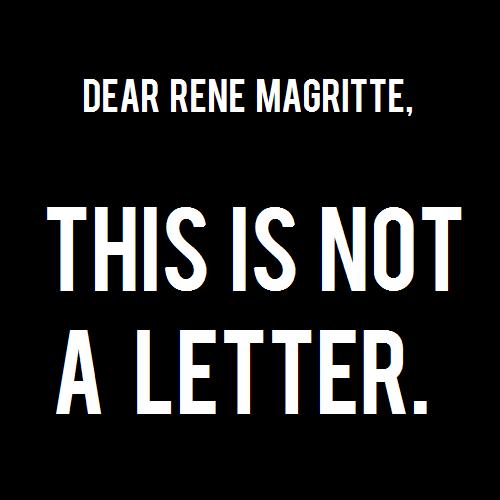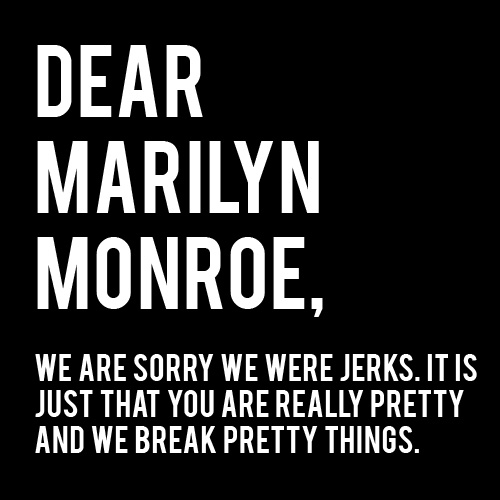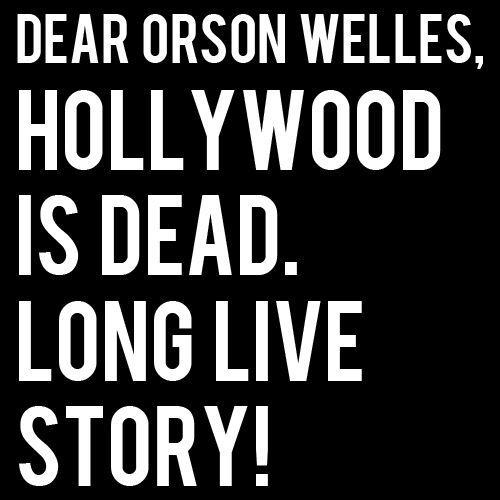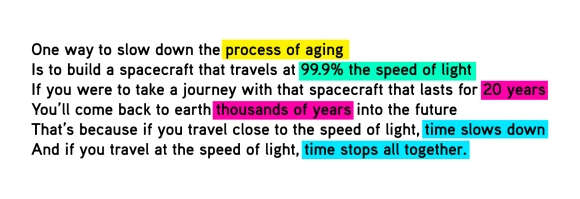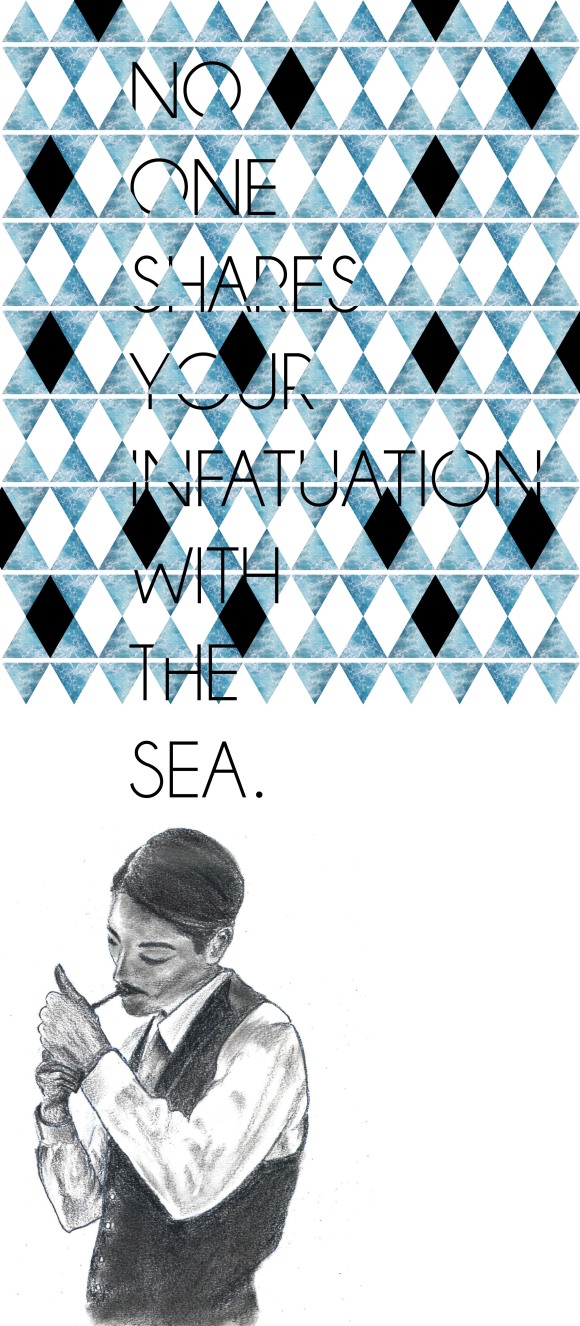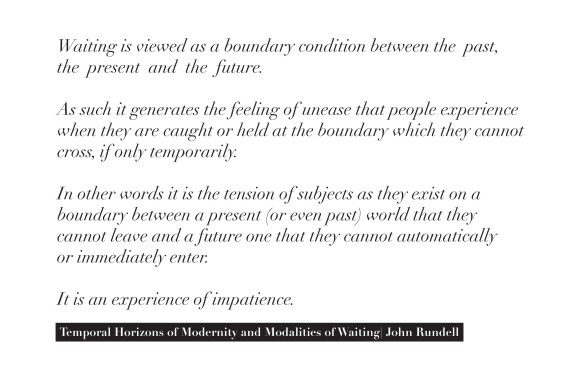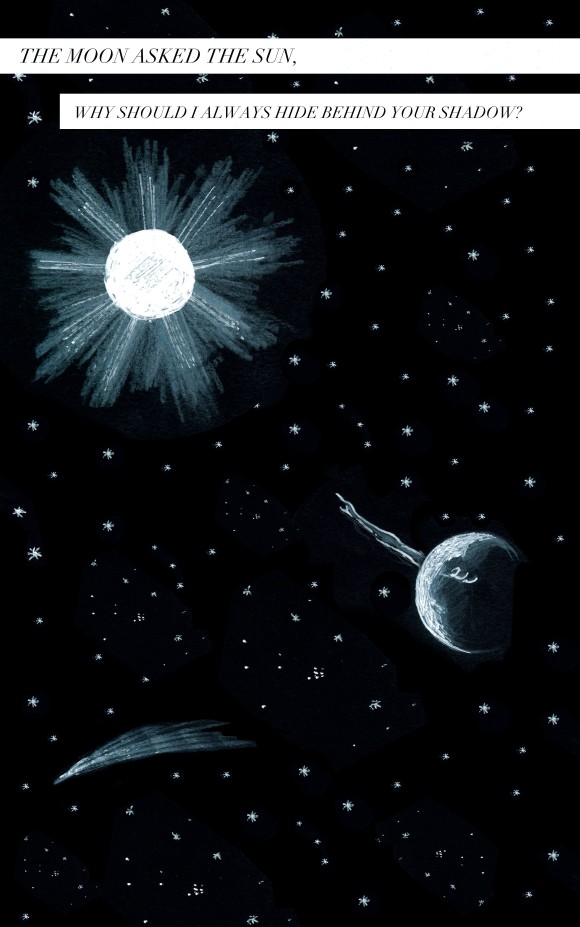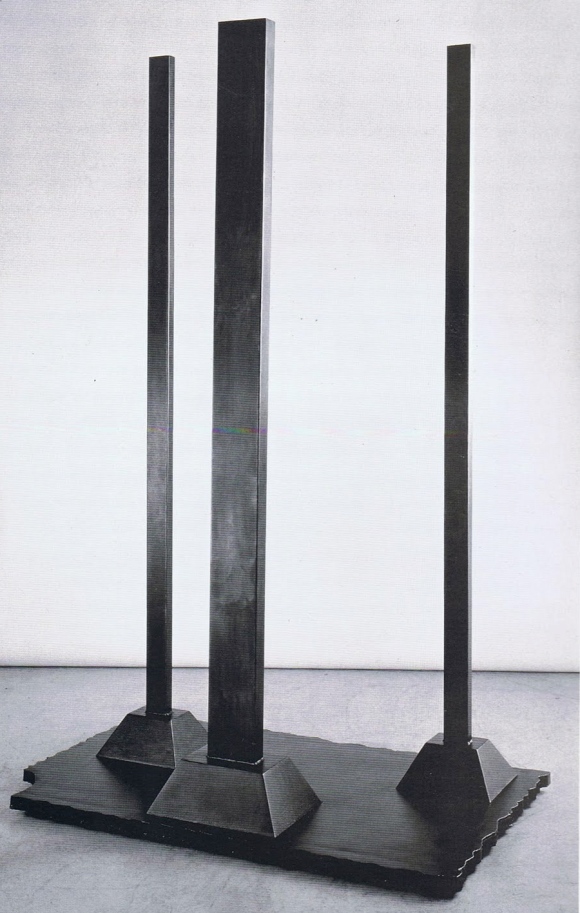Barnett Newman’s work is often considered a paradox.
A pictorial oeuvre that oscillates between Abstract Expressionism and Minimalism. It therefore serves as an intergenerational bridge between the two. This bridge shares the sentiments of the former through its gestural abstraction and fascination with the ‘primitive’ and the latter through its inclusive color field and self-revelatory zips. It therefore becomes difficult to categorize this oscillation, especially since its further aided by other elements such as size, medium, and color relationships. These negotiate the differences between the two movements, creating paintings liberated from medium-specificity through their access into the world of objects. However, this experimentation with objecthood is driven by a modernist discourse of autonomy. A discourse that propagates its own self-awareness by declaring ‘I am Art’.
This self-awareness is translated into the ethos of Abstract Expressionism. A radically individualistic movement that experimented with form, in search for content. Content that stemmed from the artist’s free will. This resulted in an impulsive, emotion-oriented association with the artwork. In some cases it was exercised through dynamically liberated gestures while at other times this dynamism was translated into the fields of color and depths of vision. However, the common method they employed to unlock this instinctual subconscious, was through psychoanalysis. They adopted Freudian and Jungian theories in order to access and express an inner layer of subjectivity. The artist becomes a mediator between his own suppressed conscious and the outside world. This occupation with the psyche is inherently narcissistic, or in other words, modernist. Its existence and prominence are self-referential. This apathy towards the social and political, or the everyday, is what allows an artist such as Newman to oppose all forms of teleological thinking. Thoughts that encompass the irrelevancy of deeper meaning or social change in an institution built on self-referentiality.
This was expressed in one of his earlier paintings called Abraham [fig.1] that dismissed utopic inclinations for a tragic sense of fear. A fear of ‘firstness’, of creating something he had never seen or done before. This tension was largely formalist since its main concern was with painting black on black, a once remote initiative. It therefore articulates the possibility that an artist could fear form as much as content. As for its expression, it was clearly autonomous in its nonrepresentational nature. It communicated a bourgeoisie self-importance by referring to a subjective reality as opposed to a universally objective one.
However, this closeness of value through the absence of chroma created an interesting relationship between the foreground and background. It demanded the viewer’s attentiveness in order to be able to perceive the blacker zip emerge from the surrounding field. This revelatory experience requires a spatiotemporal investment. And once this investment is given, the painting responds by offering the viewer an experience of time and space. This is also the case for the thin, light halo that fleetingly appears on each side of the darker zip (whose perception depends on) one’s sustained presence. This notion of presence reflects Fried’s analysis of the term in relation to Minimalism. An aspect of the artwork that is self-consciously manifested by the beholder. This aspect is theatrical in its dependence. It can not perform its role without an equally reflective audience. This engagement opens up the durationality of experience since it operates through an interaction with time and space. It was in clear opposition to the minimalist principle of presentness. A notion that legitimizes an artworks self-sufficiency through its unconscious manifestation to the beholder.
This feeling of presence is further aided by the huge scale of the canvas and the color plane known as zip. This term is appropriate since it challenges our perceptual understanding of space. It offers an illusion of a rupture into a different world, a world we can step into conceptually. This is encouraged by the width of the zip and its positioning of one edge on the axis of symmetry (thus deliberately) giving them a different weight without tilting anything in space. This play with our perception through the disruption of a clear foreground/background hierarchy opposes modernist medium-specificity. The flatness of the canvas is dressed with an illusion of dimensionality, of space, of objecthood. It becomes like an immense doorway whose totality can only be grasped from afar. This affirms our referential understanding of space. An understanding that legitimizes our existence through our own ‘spatial relation’ to the world of objects. And since our spatial relation to the artwork is trivial, we are overcome with its sublimity. This beckoning of the elemental, the instinctual, the primitive favors experience over modernist purity. It inspires within the viewer a feeling of disconcerting awe rather than a comfortable appreciation of formalist beauty. This fear is attributed to the realization that we, the mortal, finite viewer can only see things partially. In other words it marks the tragic reality of human perceptual finitude.
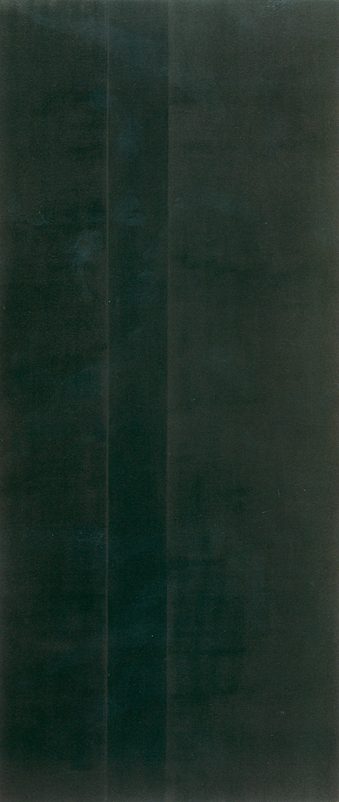
Another interesting example that carries these sentiments is Newman’s Who’s Afraid of Red, Yellow, and Blue? [fig. 2] As the title suggests this painting is about fear, an elemental human emotion that has been dismissed by the stoic modernists of the late 1960s. It was therefore a clear Abstract Expressionist attempt to regain the wide spectrum of human emotion into the palette of art making. In this case the sense of fear is highly individualistic and stems from his ambiguous placement within the contemporary art world. He wanted to disengage his association with the purists, neo-plasticists and other formalists by using the primary colors expressively rather than didactically. The success of this endeavor is mainly due to the immense size of the canvas that is inherently expressive. Its pure confrontation is an evocative experience. It requires our perception to oscillate between the two margins, never encompassing the totality of the canvas.
This is further aided by the color, width, and position of the different planes. These allow the three colors to exercise a sort of balance as they try to compete on equal terms, eventually reaching an equilibrium. An equilibrium that is only achieved by the viewer’s conscious involvement. This physical, emotional, and mental engagement it demands encourages the viewer to question the seriousness of the title. We are left wondering whether we should believe it, disbelieve it, or employ both convictions simultaneously. Interestingly, this dialogue shares the theatricality of minimalism by adopting the visual language of modernism. However, had its size been reduced to a non-threatening human scale, this painting, along with most of Newman’s work would comfortably fall under the categorization of modernist medium-specificity. It would be an exercise of form. Therefore its size is what allows for this sense of perceptual finitude that acts as a bridge to minimalism.
 Another example that demonstrates these principles is Onement VI [fig. 3] and Voice of Fire [fig. 4]. The former which consists of blue paint on canvas punctured by a white zip in the center is slightly larger than human scale. Therefore its sublimity is not silenced but muted. This is done to shed light on a different element, which is the relationship of the zip to the color field. Its messy application gives us a sense of the medium. Rather then being confronted by a blatantly illusionary zip we come to terms with the subtle flatness of the canvas. This is due to our perception of the zip as encompassing a unitary visual relationship with the rest of the painting. However, this holistic association is challenged once the artwork is viewed from a distance. The thin white line is quickly transformed into a zip, a disparate part that constitutes the whole as opposed to being a part of the whole. Its brilliance is suggestive of a brighter world that acknowledges the existential drama of our humanity. A sort of drama that originated from the artist’s individualistic free will. It therefore adds onto the modernist discourse of autonomy, a sense of collectivity. This is done through the painting’s role as a mediator between the artist’s individualism and a language of universality.
Another example that demonstrates these principles is Onement VI [fig. 3] and Voice of Fire [fig. 4]. The former which consists of blue paint on canvas punctured by a white zip in the center is slightly larger than human scale. Therefore its sublimity is not silenced but muted. This is done to shed light on a different element, which is the relationship of the zip to the color field. Its messy application gives us a sense of the medium. Rather then being confronted by a blatantly illusionary zip we come to terms with the subtle flatness of the canvas. This is due to our perception of the zip as encompassing a unitary visual relationship with the rest of the painting. However, this holistic association is challenged once the artwork is viewed from a distance. The thin white line is quickly transformed into a zip, a disparate part that constitutes the whole as opposed to being a part of the whole. Its brilliance is suggestive of a brighter world that acknowledges the existential drama of our humanity. A sort of drama that originated from the artist’s individualistic free will. It therefore adds onto the modernist discourse of autonomy, a sense of collectivity. This is done through the painting’s role as a mediator between the artist’s individualism and a language of universality.

The latter example, Voice of Fire [fig. 5] is an immense rectangular painting consisting of three horizontal bands of blue, red, and blue; respectively. Its phenomenal scale is a manifestation of the sublime. It imposes its exalted presence on the viewer. This creates a clear dichotomy of power between the looker and the object that is being looked at. It is no longer considered a painting but a monument that exercises speculative control. Control of our perception, motion, and emotion. Therefore, it undoubtedly enters into the realm of performance. A frozen show that requires our engagement from a distance.
It also embodies the minimalist notion of objecthood, not only through its scale, but through the red zip. Although the symmetrical composition hinders its blatancy, the juxtaposition of the red against the two blue color fields reaffirms its existence. This is due to the nature of the colors; the blue tending to recede while the red tending to advance. This allows the viewer a metaphorical access into the content of the painting, as predetermined by its maker. This aspect coupled with its threatening presence opposes modernist preoccupation with form. Medium is no longer relevant when faced with an experience of perceptual immersion.

The final logical step was to transform these zips into free-standing structures, which is what constituted some of his later work. Here II [fig. 6] is a sculpture that consists of three vertically free-standing structures mounted on an irregular steel board. This literal liberation comfortably positions the artwork within minimalism. Its objecthood is no longer bound by perception but gains a layer of tangibility. This allows the viewer to step into this space, literally and conceptually. It becomes completely performative. Instead of interacting with the totality of the flat canvas, these zips enter into a dialogue with the surrounding space. This dialogue, although interdependent, is hierarchal since its confrontation is no longer concerned with wholeness but partialness.
This sculpture also reflects minimalist engagement with industrially produced materials. This crossover from the original to the mass-produced translates the zips evocation of the sublime. However, in this case this feeling of fear is directed towards the industrially threatening material and its vertical positioning. Like most of his paintings, we can only admire this sculpture from a comfortable distance. Another interesting element is the placement of the zips in the foreground and background of the stand. Whereas in his paintings he marked this distinction through the receding and advancing nature of color, in this example he compensates the absence of color with a literal manipulation of depth. This allows the viewer to translate this literality into his paintings in order to gain a stronger perception into the illusionary world of the zips.
Whereas these zips were usually employed in his paintings in order to re-affirm the viewers perceptual finitude through scale, balance, and composition. In this case, this finitude is literalized. This literal association is linked to our tangible understanding of space. We simply can not grasp the entirety of a 3D object from one perspective. It therefore poses yet another limitation to our corporeality that is not only perceptual but physical, spatial, and temporal. Another fascinating appropriation is the inversion of the zips. While in his paintings they provided a ruptured gateway into an ephemeral reality, in his sculptures they become obtrusive elements hindering any form of access. This perhaps shows their maturation into elements that are physically confronted as opposed to ones that are conceptually walked into.
This evolution into the world of sculpture provides insight into Newman’s formulation and perception of his zips. It shows a narrative of objecthood that reached its finality through a literal physical translation. However, its finality is not conclusive since it will always rely on a dialogue with its initial birth on canvas. This dialogue mirrors Newman’s oscillation between the world of objects and the world of painting. It is for this reason that his work serves as an intergenerational bridge between the two; integrating the vocabulary of the former into the language of the latter.



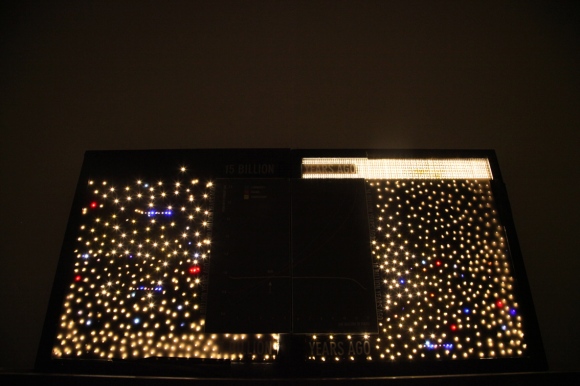 The central section indicates a threshold that once crossed by the opening of the panels will take us to the second cosmic era, which is the Degenerate Era. This central graph indicates the current state of our star, the sun. Its current state in terms of its temperature, radius, and luminosity is clearly stable and hospitable to life on earth. However, within 5.5 billion years the sun will undergo intense heating and expansion, eventually engulfing earth.
The central section indicates a threshold that once crossed by the opening of the panels will take us to the second cosmic era, which is the Degenerate Era. This central graph indicates the current state of our star, the sun. Its current state in terms of its temperature, radius, and luminosity is clearly stable and hospitable to life on earth. However, within 5.5 billion years the sun will undergo intense heating and expansion, eventually engulfing earth. The left panel represents the Degenerate Era, which is when the stars use up all their energy and their light fails to shine. If we were to humanize this process it would be considered the stage where the stars are waiting their ultimate death; death in the sense that they will undergo changes that would completely rid them of their current state. This, I correlated with passages from the bible that narrate the immediate fate after the world ends, which is the anticipated judgment. So both are are moments of anticipation. The passage states:
The left panel represents the Degenerate Era, which is when the stars use up all their energy and their light fails to shine. If we were to humanize this process it would be considered the stage where the stars are waiting their ultimate death; death in the sense that they will undergo changes that would completely rid them of their current state. This, I correlated with passages from the bible that narrate the immediate fate after the world ends, which is the anticipated judgment. So both are are moments of anticipation. The passage states: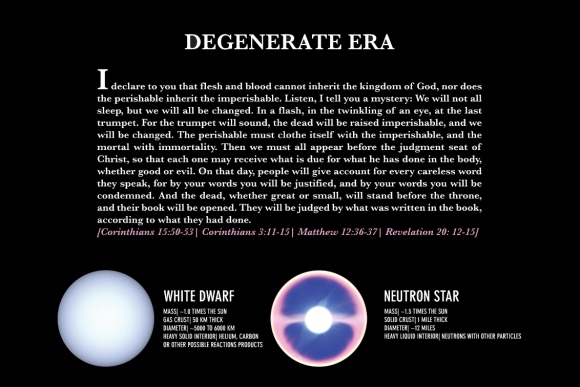
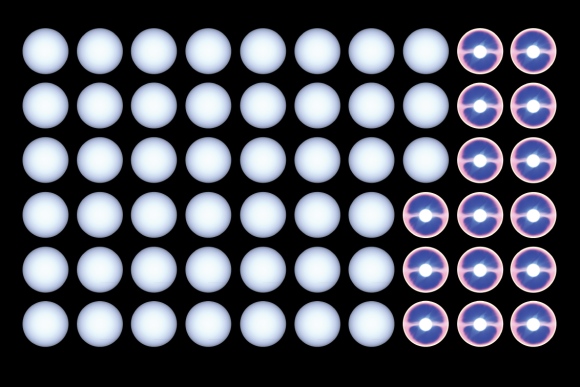 On the middle panel I used passages that narrate the fate of those destined to an intermediary state of purgatory with visuals of the Black Hole Era. Both are a transient preparation for the final eternal stage. They are also the time of cleansing. In the former it is indicated in the purification of ones soul. While in the latter it is indicated in the function of black holes, as decomposers of cosmic waste. The passage I chose states the following:
On the middle panel I used passages that narrate the fate of those destined to an intermediary state of purgatory with visuals of the Black Hole Era. Both are a transient preparation for the final eternal stage. They are also the time of cleansing. In the former it is indicated in the purification of ones soul. While in the latter it is indicated in the function of black holes, as decomposers of cosmic waste. The passage I chose states the following: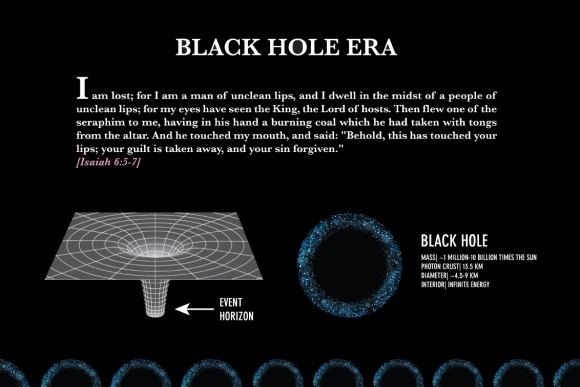
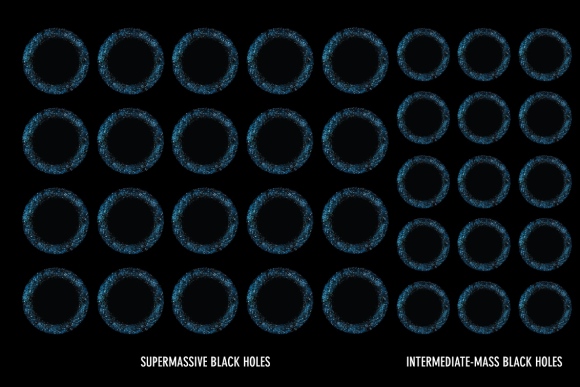 For the final panel, I represented the Dark Era which is when black holes will ultimately disappear leaving the universe nearly empty with a few particles drifting in an endless void. For this stage I chose to represent nothing and correlated this absence with a passage that indicates the final fate of the believers/non believers. The passage goes as follows:
For the final panel, I represented the Dark Era which is when black holes will ultimately disappear leaving the universe nearly empty with a few particles drifting in an endless void. For this stage I chose to represent nothing and correlated this absence with a passage that indicates the final fate of the believers/non believers. The passage goes as follows:


